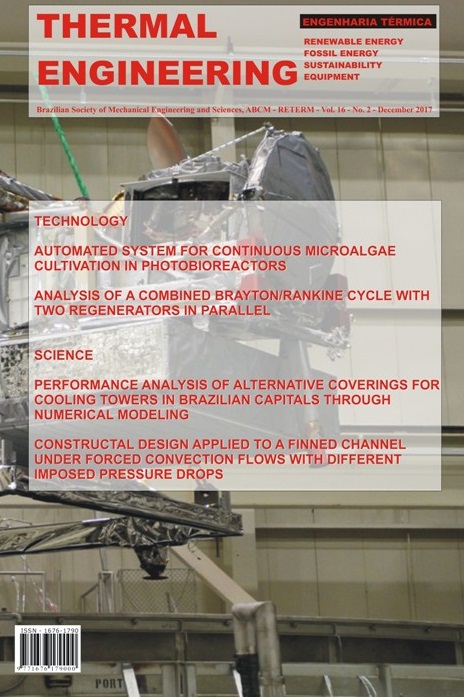EVALUATION OF THE APPLICABILITY OF A TURBULENT WAKE INLET BOUNDARY CONDITION
DOI:
https://doi.org/10.5380/reterm.v16i2.62217Keywords:
computational fluid dynamics, tandem airfoils, wing design, grid convergence index, computational costAbstract
With the objective of reducing the computational cost of the iterative processes of aerodynamic components design, tests were carried out to study under what conditions, and with what difference, only part of the calculation domain can be solved using as input information obtained from complete simulations already solved. An experimental study of an airfoil exposed to the wake interference of an upstream airfoil at a Reynolds number of 150,000 was used to verify the solutions of the Reynolds-Averaged Navier-Stokes equations solved applying the k-ω Shear Stress Transport model for turbulence closure. A Grid Convergence Index study was performed to verify if the solution of the equations for the adopted discretization leads to results within the asymptotic range. With the physical coherence of the numerical methodology verified, comparisons between the simulations with the domain comprising the two airfoils and the domain comprising only the downstream airfoil were performed. Computational time reductions in the order of 40% are observed. The differences in the aerodynamic coefficients for the two types of simulation are presented as a function of distances non-dimensionalized by the characteristic length of the body that disturbs the flow forming the wake, showing that the difference between the two methods was inversely proportional to the distance between the two bodies. Behavior that was maintained until a point where the simulation diverges, equivalent to 25% of the characteristic length of the body that generates the wake.
Downloads
Published
How to Cite
Issue
Section
License
Direitos Autorais para artigos publicados nesta revista são do autor, com direitos de primeira publicação para a revista. Em virtude da aparecerem nesta revista de acesso público, os artigos são de uso gratuito, com atribuições próprias, em aplicações educacionais e não-comerciais.



